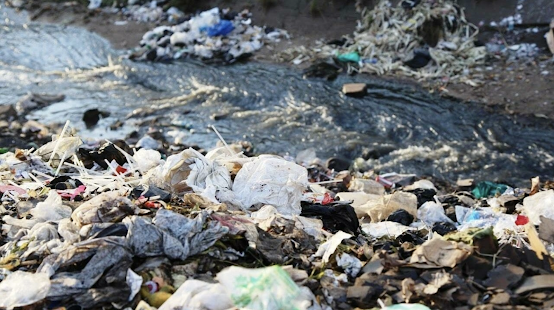Water, Sanitation and Africa. What are these?
Water and Sanitation Water, Sanitation and Africa. What do these three key words about the blog reminds you? Let's first look into one possible combination -- Water and Sanitation. Does this sound more familiar? Every day, we encounter issues and problems about water and sanitation. This can occur when using soap to wash our hands. By making our hands clean, the transmission of diseases can be reduced. WHO has found that using hand soap can reduce stomach-related illnesses by 50% and respiratory illnesses by 33.3%. Or the scenario can be the water we drink. It is a common sense that contaminated water cause health problems. In Flint, Michigan, it is reportedly that the water supply across the city was contaminated by lead ( Pulido, 2016 ). This has already caused development retardation among children. Not only in the United States, but also in London, water and sanitation were a challenge during the cholera outbreak. John Snow discovered the correlation between the contaminated w...





